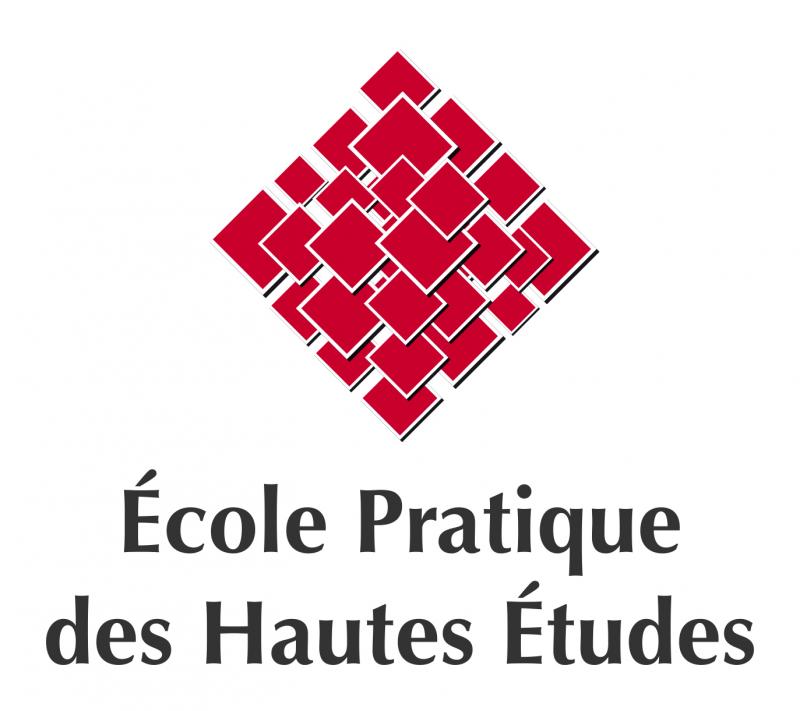To adapt to their environment, organisms can either directly interact with their surroundings or use social information (i.e. information provided by neighbouring individuals). Social information relates to the external features of surrounding peers, and little is known about its use by solitary species. Here, we investigated the use of social cues in a solitary marine predator by creating artificial aggregations of free-ranging sicklefin lemon sharks (Negaprion acutidens). Using a novel monitoring protocol, we analysed both dominance interactions and tolerance associations between sharks competing for food in relation with the number, the morphology and the behaviour of rivals. Sharks produced more agonistic displays and spent more time around the bait as competitors were more abundant. Moreover, the morphological attributes of competitors had very limited influence on the structure of shark social interactions. Instead, sharks appeared to establish tolerance relationships with competitors according to their individual behaviour. Furthermore, the more two sharks were observed together at a given study site, the fewer agonistic interactions they exchanged. We discuss these findings as evidence of the use of social cues in a non-gregarious predatory species and suggest directions for future research.


 English
English

Laisser un commentaire